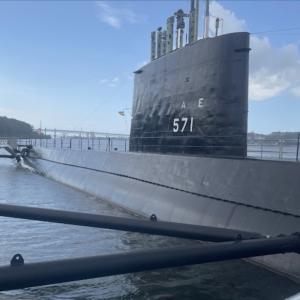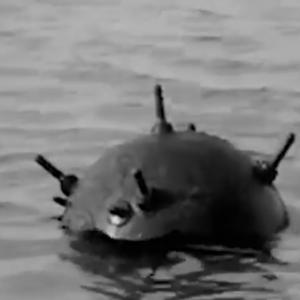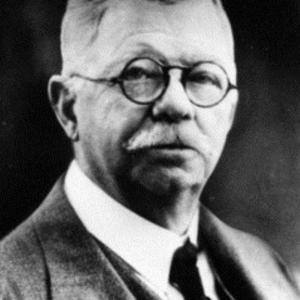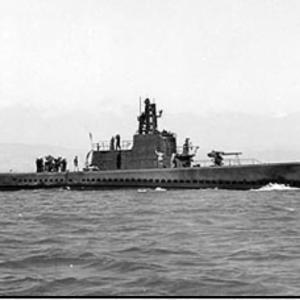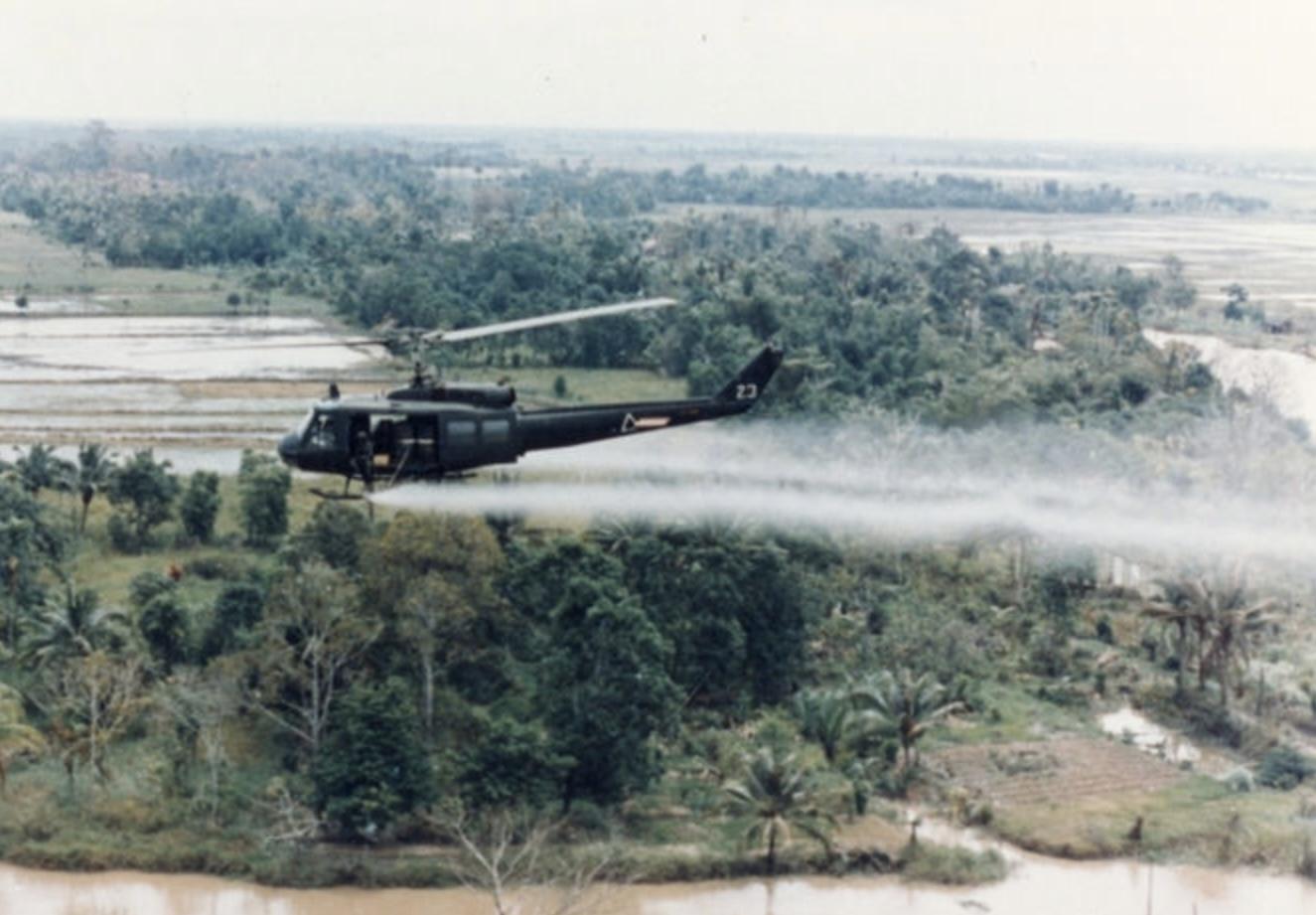
Agent orange vietnham
During the Vietnam War, from 1961 to 1971, the United States conducted a large-scale herbicidal warfare program known as Operation Ranch Hand. The goal was to destroy jungle vegetation that provided cover for North Vietnamese forces and the Viet Cong, as well as to eliminate crops that could feed enemy troops. The most commonly used chemical in this program was Agent Orange.
The idea to use herbicides militarily emerged in the 1950s, based on the belief that defoliating the dense Vietnamese jungles would give U.S. and South Vietnamese forces a tactical advantage. The program received approval from President John F. Kennedy in 1961. The Department of Defense, along with several U.S. chemical companies including Dow Chemical and Monsanto, managed the production and distribution of these herbicides.
Agent Orange was a blend of two chemicals: 2,4-D (2,4-dichlorophenoxyacetic acid) and 2,4,5-T (2,4,5-trichlorophenoxyacetic acid), mixed in equal parts. A dangerous byproduct called TCDD, a type of dioxin, formed during the production of 2,4,5-T. TCDD is highly toxic and persistent in the environment, and it is the main reason for the severe health effects associated with Agent Orange.
The U.S. Air Force used C-123 Provider aircraft as the primary means of spraying Agent Orange. These planes were modified to carry large tanks and spray equipment, allowing them to release up to 1,000 gallons of herbicide per mission. They flew at low altitudes, often around 150 feet, to ensure the chemicals reached the vegetation. Helicopters were also used in some areas for more targeted spraying. Herbicides were applied to forests, croplands, riversides, and even around military installations to keep the perimeters clear of cover.
In total, the U.S. sprayed over 20 million gallons of herbicides in Vietnam, of which approximately 11 million gallons were Agent Orange. This chemical warfare affected about 4.5 million acres of land. The environmental consequences were devastating, including deforestation, destruction of wildlife habitats, loss of biodiversity, contamination of soil and water, and long-lasting ecological damage.
The human toll was equally severe. It is estimated that at least 3 million Vietnamese civilians were exposed to Agent Orange, leading to an increase in cancers, birth defects, skin diseases, and neurological disorders. Dioxin exposure has also caused severe health problems among U.S. and allied troops, including those from South Korea, Australia, and New Zealand. The U.S. Department of Veterans Affairs currently recognizes over a dozen illnesses presumed to be caused by Agent Orange, including Hodgkin’s lymphoma, prostate cancer, type 2 diabetes, and Parkinson’s disease. More than 300,000 American veterans have reported health issues believed to be related to their exposure.
The effects of Agent Orange continue to be felt decades later. In Vietnam, some areas remain contaminated and are considered dioxin hotspots, particularly near former U.S. airbases such as Da Nang, Phu Cat, and Bien Hoa. Many second- and third-generation Vietnamese and veterans’ families have suffered from genetic and developmental disorders linked to dioxin exposure.
Despite public pressure and ongoing lawsuits, U.S. chemical companies and the government have only partially acknowledged responsibility. In 1991, the U.S. Congress passed the Agent Orange Act, which authorized compensation and healthcare for affected veterans. In Vietnam, international aid and cooperation programs have helped clean up some contaminated sites and provided assistance to affected communities, but the overall damage remains extensive and unresolved.

